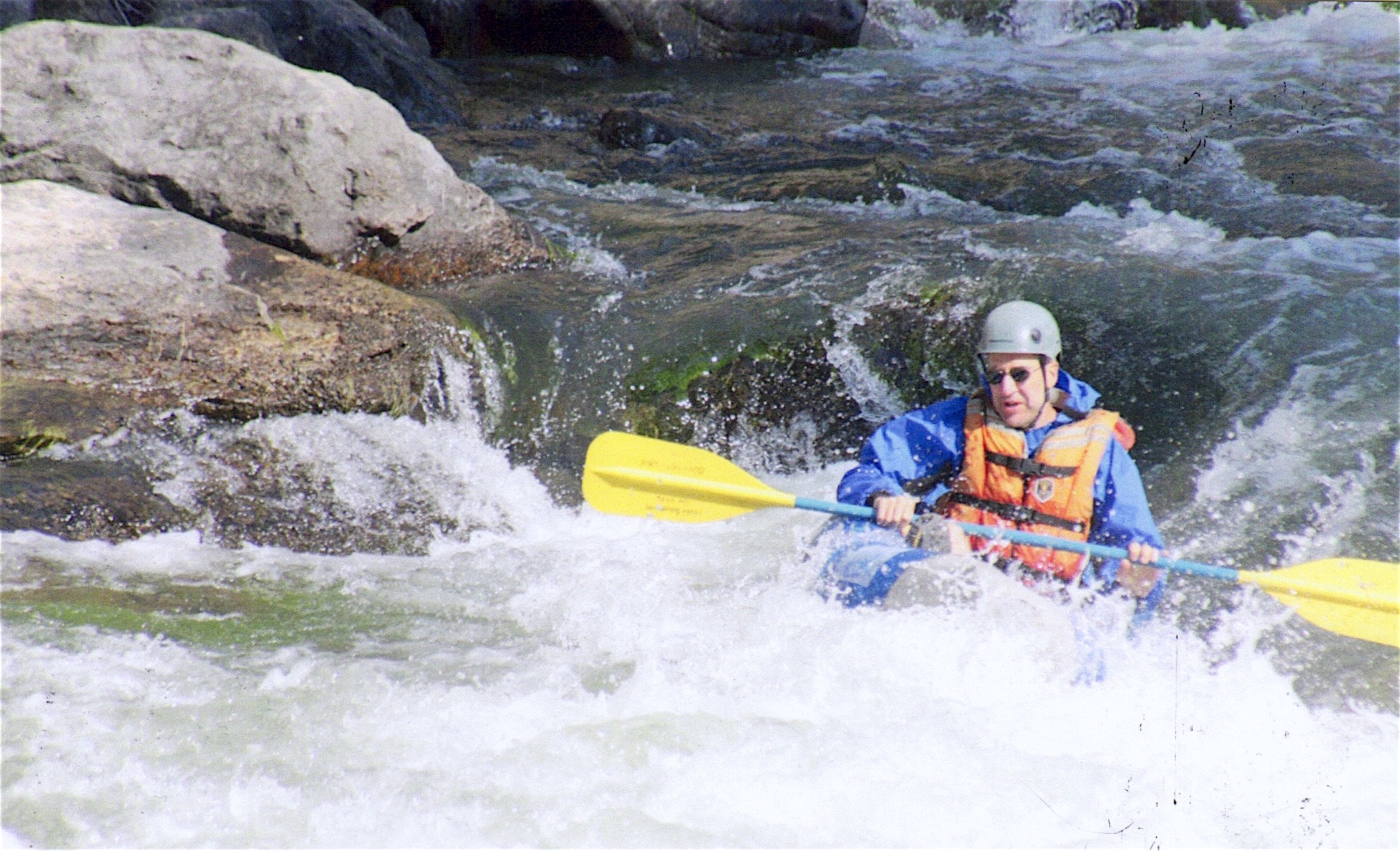It sounds like something called Unity ’08 could be the first internet political party, nominating a presidential ticket through an entirely online process. Its leaders are for real. Peggy Noonan and Margaret Carlson commenting today on the venture in WSJ and Bloomberg.
Noonan thinks they’re missing the mark. Yes, she says on polarization, no on it being Dems and Reps. I think she’s absolutely right on calling the split as being between People and Politicians. I think they missed another point as well.
The internet is cool, and helpful, but it’s not the innovation we really need in politics. If we’re going to organize the people, well enough to run the joint (the country), and really take it away from Washington, then we’re going to need real conversation. Buzz beyond the hard drives. The Pols meet face to face, and so must We the People.
This brings me back to what we were talking about at the Practice Retreat in Vancouver a few weeks ago. One of our participants was asking about how Open Space could be used in political campaigns. She wanted to use it to run the campaign, but I thought the real power was to run the district or state or country that way. Here’s how…
First, we need to blow up the notion that candidates need to get elected to before they can do anything to change the world. They’re spending big money and talking to tons of people. That is the game. If they are running, they’re already in.
Next, they are putting out all kinds of information and messages. One of those messages needs to be: “Come meet with your neighbors, fellow constituents, to discuss a theme like Democracy in Action: Issues and Opportunities for Ordinary People, Elected Officials, and the Future of America.”
When the vols go out knocking on doors, they distribute this invitation, the message being: we’re not waiting, we’re going to start changing things right now. This is not business as usual. In this day and age, that is already a point won for this candidate! People don’t have to show up to the event to get the message.
When the people show up for an all-day convesation on this, lots of remarkable conversations happen. People take notes, which get posted to the candidate’s website. Clearly not conducting business as usual. People get connected. Energized. Some of them pass out more invitations to the next event. Others just go do some of the things they got to talking about with their neighbors. This is not your father’s town hall meeting… this is We the People, talking to We the People, about what We the People.
News of that goes on the website, as well. Suddenly, the candidate is at the center of a whole new movement, linking people and government. If that doesn’t guarantee some free media coverage on the 10 o’clock news, I’d be surprised. Momentum builds. I think we should give it a name harkening back to the First Continental Congress… call them something like Community Congresses.
Now who wants to pull the plug on that when the election comes? Even if that guy loses, the person who wins is going to have to answer to the organization that this candidate has built. Win or lose, that candidate has changed the game. Win or lose, that candidate IS the political leader of that district.
Now where is one of those candidates so that we can give this a proper demonstration? Granted, it probably works better in a district or statewide contest, but that could include races for US House and Senate.
